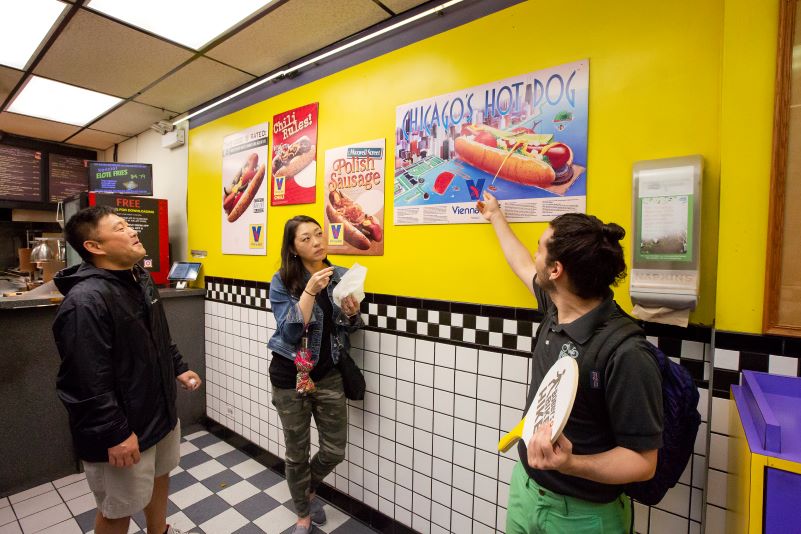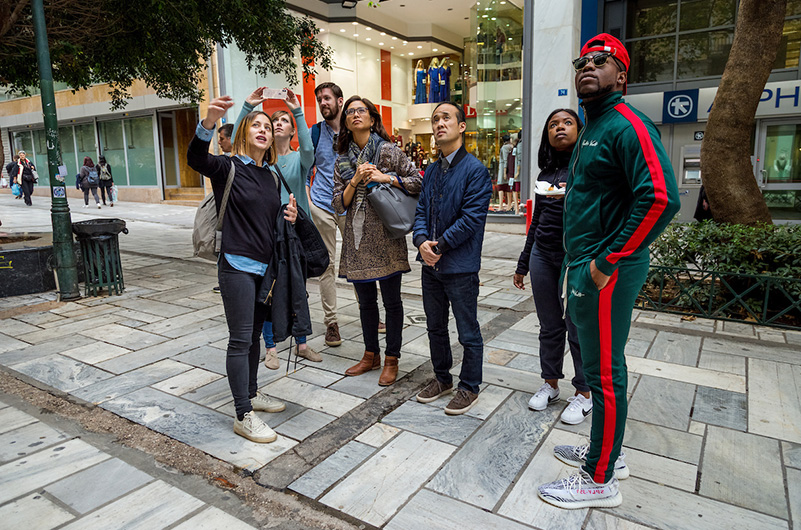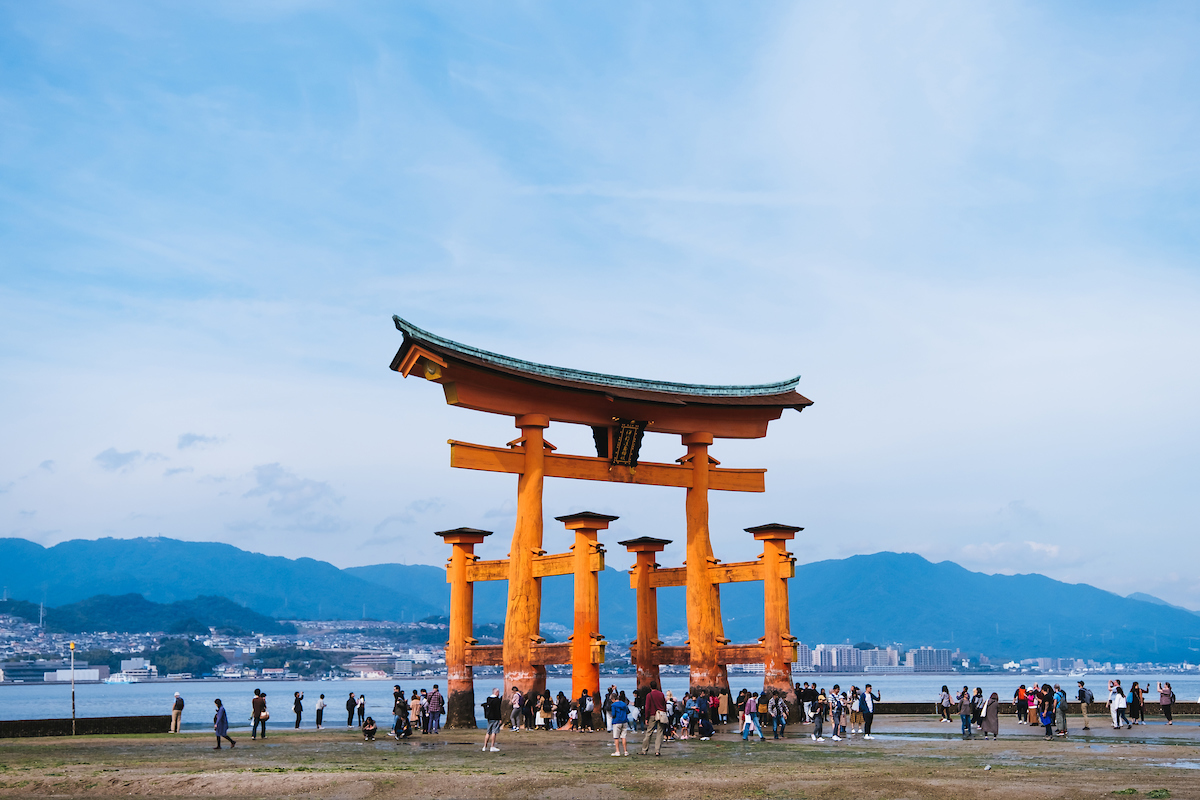Viator is a global platform, meaning it’s always high season somewhere. Whether your peak booking season is right now, coming up soon, or later in the year, you should have a plan for periods of high traveler demand.
In this post, we’ll cover seven surefire ways to get your products into tip-top shape to conquer high season and leave a lasting positive impression on your customers.
1. Share complete and up-to-date information on business hours, product start times, and booking cut-off times to capture last-minute bookers.
A growing percentage of bookings are taking place last-minute and in-destination. Research by Arival and Phocuswright indicates that mobile bookings now account for nearly 40% of direct online bookings in the tours and activities space, and we expect that trend to continue.
One way to optimize your products for mobile bookings is to ensure all schedules and product start times are up-to-date and user-friendly. Here’s how:
Set Structured Start Times and Opening Hours
How you set your start time and opening hours is critical for capturing last-minute bookings because it determines whether your products appear in a traveler’s search at all.
Last-minute bookers ask themselves questions like, “Can I squeeze in another guided museum tour before lunch?” or “Now that my great aunt canceled our dinner plans for tonight, can I book seats for two on a dinner cruise?” If you can offer experiences to meet last-minute needs like this, make sure your product schedules reflect that. The accuracy of your listed operating hours and experience start times will determine whether you can appear to those last-minute bookers. You don’t want to lose those bookings to a competitor simply because they have a more robust operating schedule.
Lower Your Cut-off Time To Accept Bookings To Under 4 Hours, “Relative To Opening Times”
Another way to entice travelers searching last minute and in-destination is to lower your cut-off time to under 4 hours relative to your opening time(s). To start, let’s explain what that all means:
What is cut-off time?
Cut-off time is the time when you stop accepting new bookings for a product. The closer your cut-off time is to the day and start time of the activity, the greater your likelihood of getting bookings.
What does ‘Relative to start time’ mean?
This means your cut-off time is a certain number of hours before each of your start times.
Example: Each of this tour’s start time slots becomes unavailable 2 hours before the product start time.
What does ‘One set time per day’ mean?
This means all of your start times on a particular day will become unavailable at the same time. If you have multiple start times per day, some will have longer booking windows than others.
Example: Each of this tour’s start times becomes unavailable to book at 6 am on the day of the activity.
We recommend setting a cut-off time of under 4 hours in advance (HIA) relative to your open time (instead of one set time per day) to maximize booking potential. If your business model allows you to provide this level of flexibility to travelers, your products will undoubtedly stand out from the competition.
2. Update Your Availability: Schedules, Prices, and Blockouts
It may seem obvious, but travelers can only book activities that have availability. To increase your likelihood of getting a booking, we recommend maintaining at least six months of product availability. This way, you’ll meet the needs of travelers planning trips several months in advance and those booking in-destination.
You’ll also want to ensure that your schedules are accurate and up-to-date. If you already have fully booked dates or holidays on which you plan to close down operations, be sure to make those dates unavailable on Viator to prevent unnecessary cancelations.
Consider a booking management system if you’re looking to simplify product availability management. Here is a list of our preferred booking management systems, which integrate seamlessly with Viator and can streamline your operations.
3. Offer Instant Confirmation
As we previously mentioned, today’s travelers want the flexibility to book an experience on the fly and the assurance that their booking has been received and processed. One easy way to offer that peace of mind is by enabling Instant confirmation for your products.
With this setting, you won’t have to manually review and confirm each booking, so your availability must be updated and accurate. The last thing you want to do is cancel a last-minute booking while a traveler is en route to your experience.
If you prefer to accept bookings on request, make sure to accept (or, if necessary, reject) a booking within 48 hours. Remember, the quicker your response, the better, especially for last-minute bookers.
Always strive to keep a low cancellation rate. A low cancellation rate contributes to your overall product quality and instills confidence in your travelers that bookings will move forward as planned.
4. Keep Product Titles Clear & Concise
Your product title is the entry ticket to your product page, so it needs to make an impact. Keep your title short and concise to ensure it shows up properly across all devices. We’ve found that the ideal character count is no more than 62 characters (including spaces).
Since Viator is a global marketplace, consider how your title will translate into other languages. Title translations often add additional words and characters to the total count, making them harder to view on mobile devices. Avoid slang and words with multiple meanings. Confusing and ambiguous titles are less likely to be booked.
Crafting a concise title will also help you hone in on what’s unique about your offering. To highlight your key differentiators, begin your title with the main attraction or destination keywords followed by the tour type. For example: New Orleans Riverboat Dinner Cruise with Live Music.
5. Make Sure You Use At Least Six High-Quality Photos
When travelers search for an experience, first impressions go a long way. Your photos and an attention-grabbing product title can help your product stand out in a sea of similar offerings.
We recommend including 6 to 9 high-quality photos for each of your products. Choose photos that allow travelers to imagine themselves participating in your experience and build on that excitement.
You should include:
- Friendly, candid shots of your staff
- Tour or activity highlights in natural light
- Visually appealing natural settings
Stay away from:
- Shots of customers or staff looking directly at the camera
- Empty spaces where people should be
- Action shots where customers look frightened or overwhelmed
- Overly busy compositions. Do not use wide-angle lenses or panorama shots.
6. Understand What to Set as Inclusions & Exclusions
Thorough Inclusions and Exclusions lists can help prevent confusion and disappointment on the day of your experience. Providing these details early on helps travelers properly prepare for their adventure and sets realistic expectations.
Here are our best practices:
- Keep your Inclusions and Exclusions to 10 items or fewer. Too many will overwhelm your travelers, and too few will leave them with more questions than answers.
- Eliminate redundancy. Don’t include information that can be found elsewhere on the product page, such as experience duration, discounts, or languages spoken by staff.
- Use the structured category selection dropdown option instead of “Other” whenever possible.
- Use the “Other” section only when necessary. If you must add in free text, do not include details listed in other sections.
Common Inclusions and Exclusions are:
- Food and drinks (i.e., breakfast, lunch, dinner, snacks, wine, soft drinks)
- Equipment (i.e., bicycle, scuba gear, Segway, snorkeling gear)
- Transportation (i.e., hotel pickup, air-conditioned vehicle, on-board WiFi)
- Fees (i.e., admission, fuel surcharge, gratuities, parking)
7. Collect As Many Recent Reviews As Possible
Reviews are essential no matter the season. Think about review collection as the final step in your experience. You’ve worked so hard to optimize every other step in the customer journey, so remind your traveler to close out the process with an enthusiastic review.
Searchers evaluate your experience based on the quality and quantity of your reviews, but they also consider the recency or how recently a review was published. One or two glowing reviews left in the past few months can be as valuable as hundreds of reviews left several years ago. If your product is newer, take advantage of the influence of recent reviews to make up for lost time.
Here are a few ways you can increase your recent review count:
- Remind travelers to leave reviews as they are leaving your experience. Viator will send a total of three emails requesting a review. These gated reviews will appear on your product page.
- Use the Viator Request Reviews Tools and Website Widget to request reviews. These reviews will appear on your Tripadvisor page but will count toward your Viator review total.
- Remember to respond to your reviews—both positive and negative. Use a polite and respectful tone and resist the urge to blame the customer. Your responses speak to your commitment to customer service and reliability and will be noticed by travelers considering your products.
For more information about Viator reviews, read our blog post, How to Ask For and Get Reviews on Viator.
Final Thoughts
We’ve left you with plenty to ponder. We hope you take this list and put it into action for your upcoming high season or use it as an excuse to conduct a thorough product audit. There’s no drawback to setting up some good new habits.
Originally published May 2019, updated March 2024.









